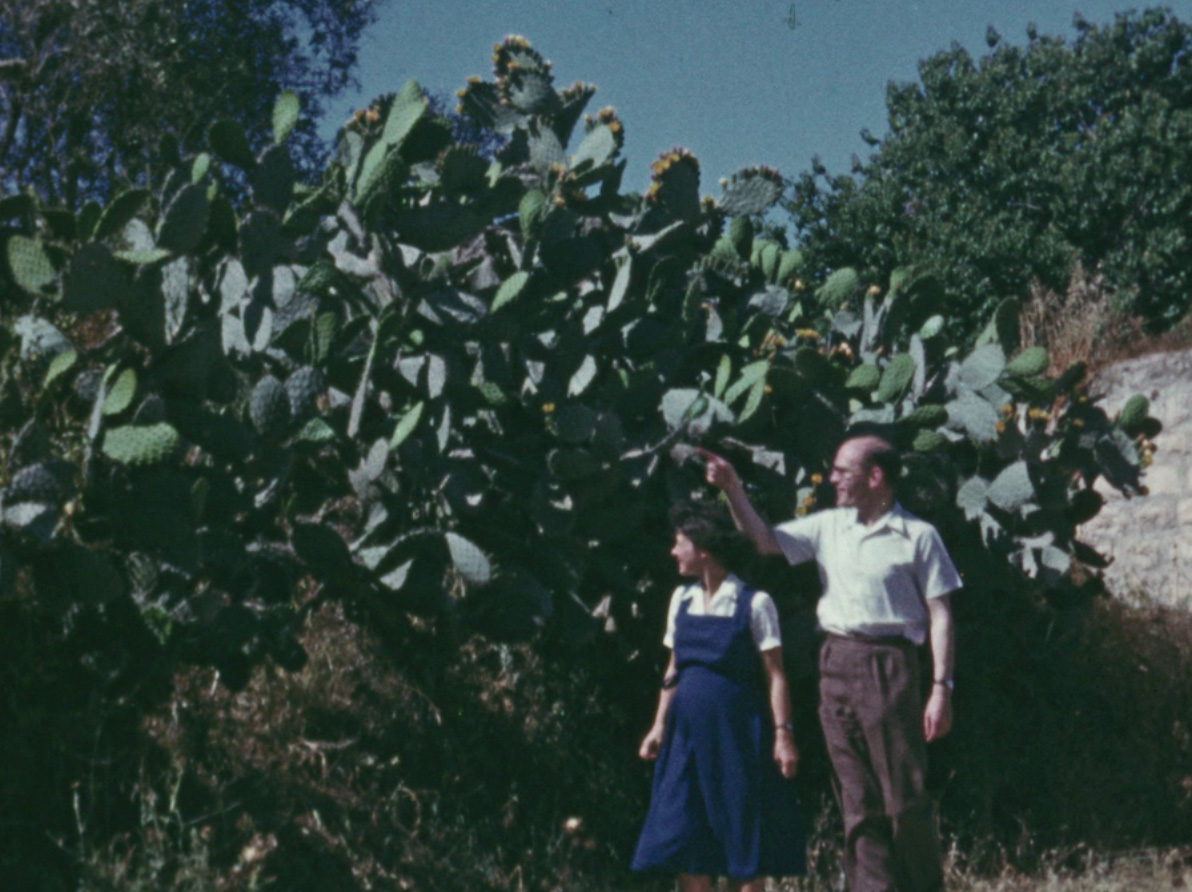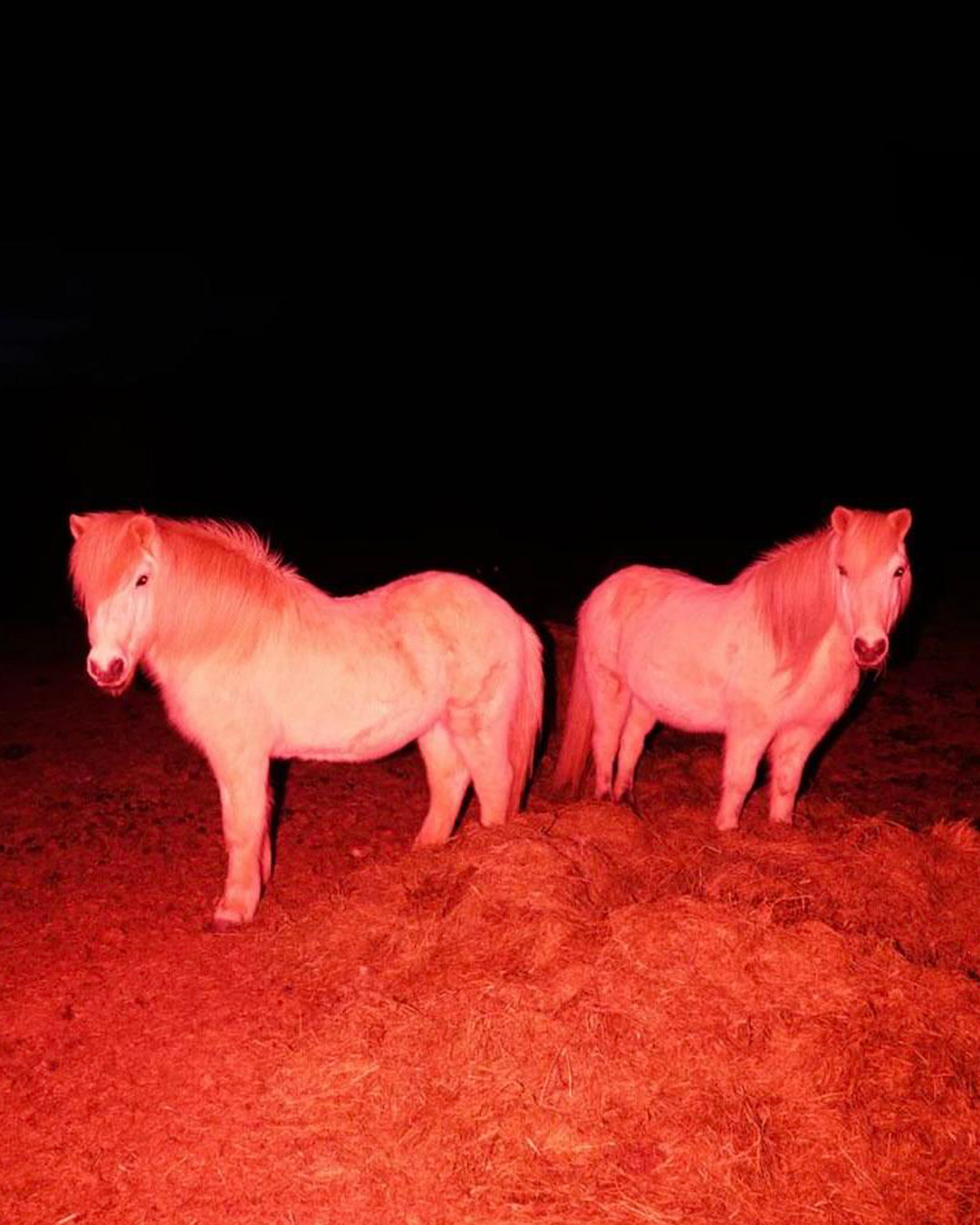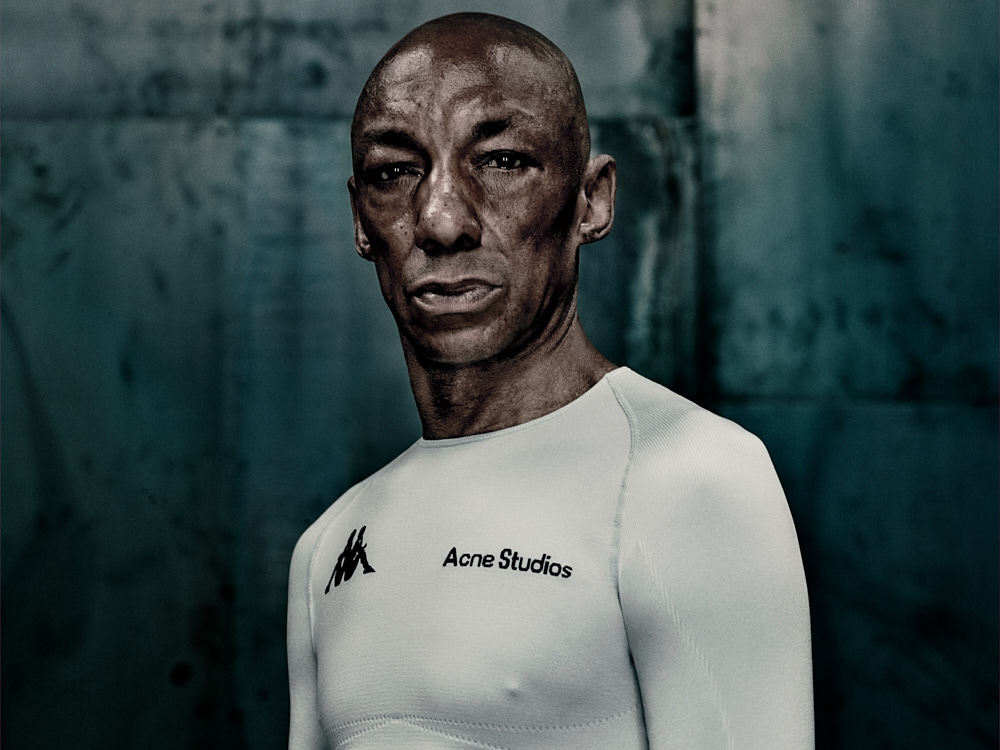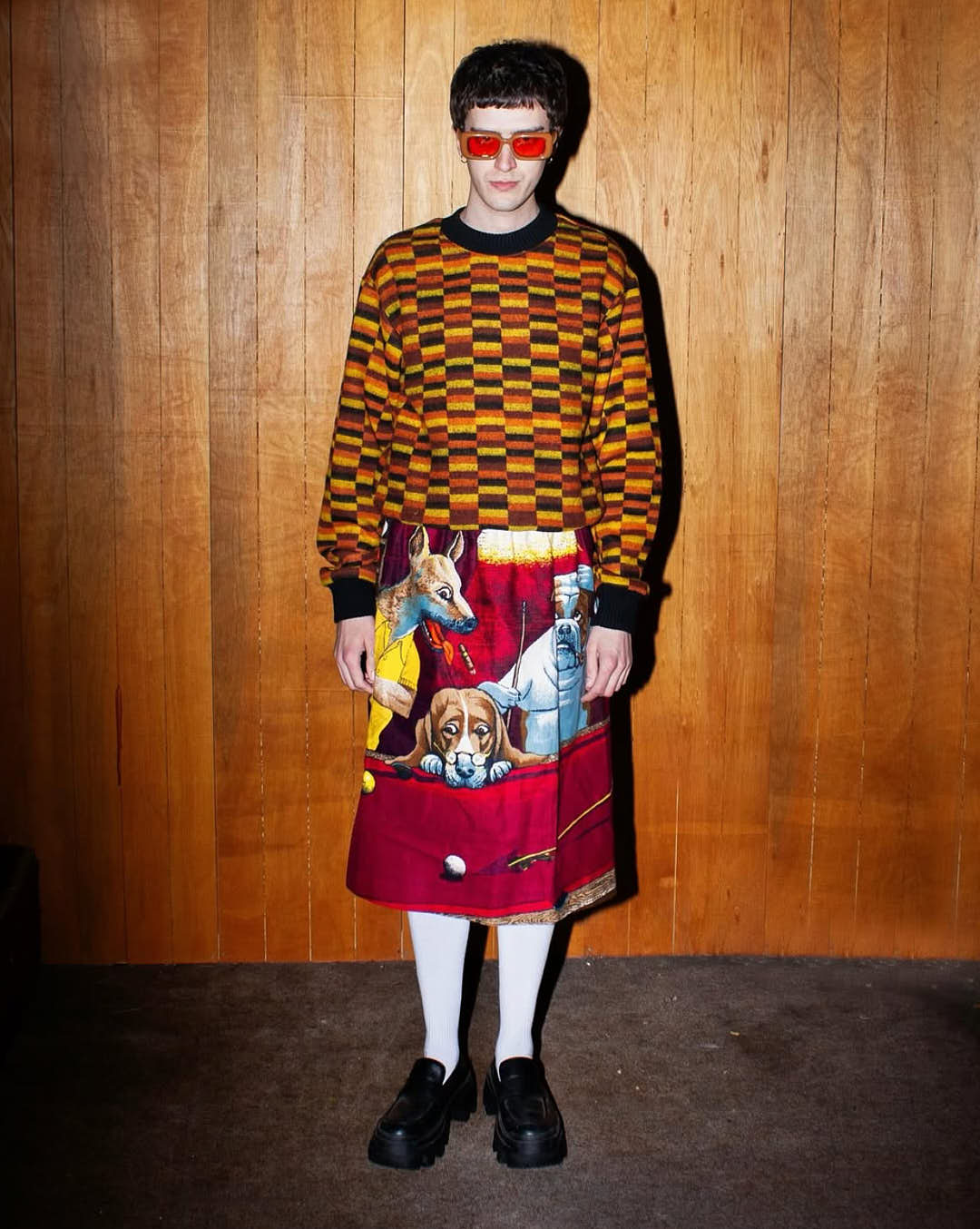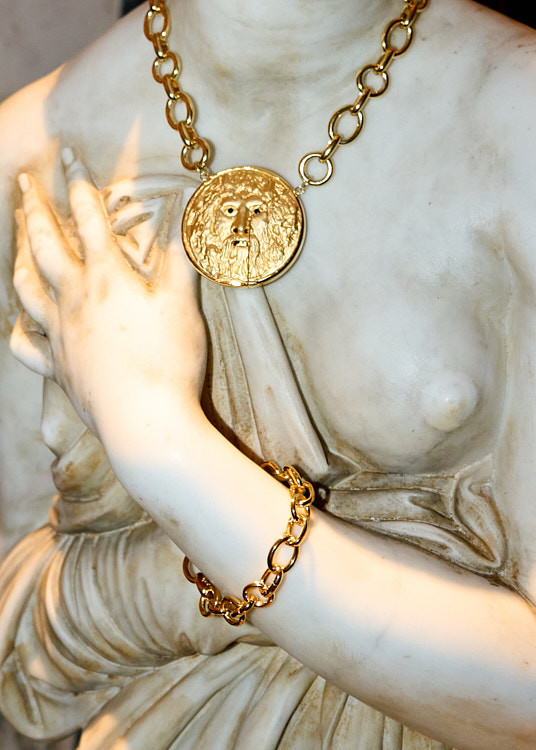
Samantha Siu on Craft, Culture, and the Jewellery of Belonging
Written by Penelope Bianchi
Edited by Lola Carron
Before she was designing heirlooms, Samantha Siu was packing jewellery into zip-lock bags for a cent apiece. Now, her namesake label is on the rise—spotted most recently on the steps of the Met Gala (worn by NYC Cultural Affairs Commissioner Laurie A. Cumbo) and featured by the likes of Vogue, ELLE and The Guardian. But for Siu, visibility is only part of the vision. At the heart of her brand is something that feels quieter, more enduring: a return to craft, to symbolism, and, most importantly, to story.
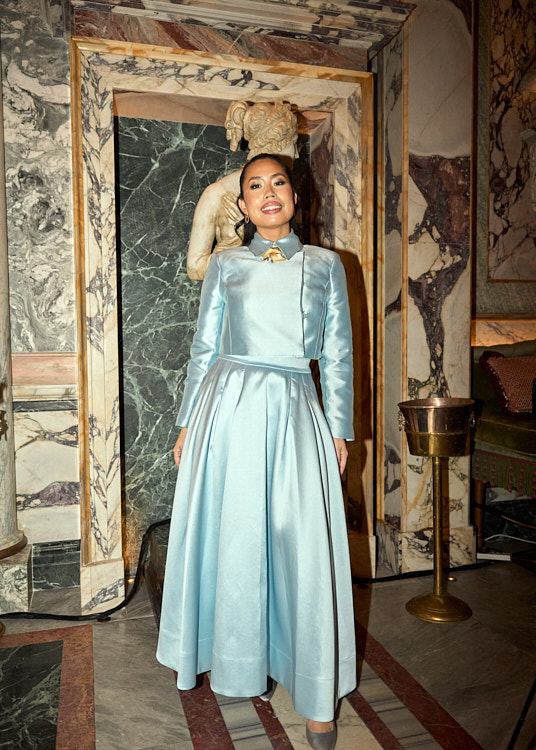
Raised between New York and China in a family of manufacturers, Samantha grew up surrounded by the textures of the fashion universe. From an early age, she was immersed in the reality of making; not just imagining, but learning how to build with her hands. Her passion deepened at the Fashion Institute of Technology, where she discovered the ancient art of wax carving — a nearly forgotten 6,000-year-old technique that would become central to her signature. Samantha broke away from her family’s legacy, creating a jewelry language uniquely her own which culminated in the invention of her now-iconic reversible necklace. In 2019, inspired by her travels across the globe, she launched her debut collection, A Love Affair — atribute to the places and memories that left their mark on her heart. Each design weaves together history, culture, and personal journey, blending the old world with a bold, contemporary spirit.
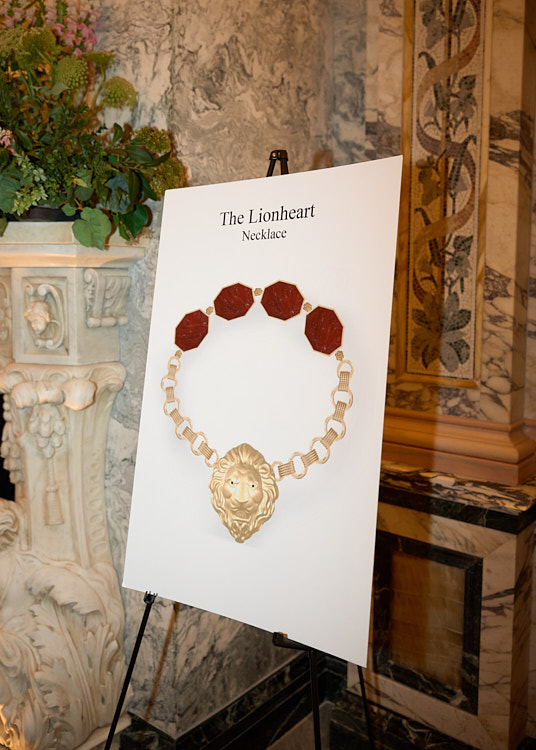
In February, during an intimate dinner at Bacchanalia as part of London Fashion Week, Samantha unveiled three new necklaces — pieces shaped by the landscapes of Iceland, Maui, and England. In this conversation, Samantha opens up about the legacy of craftsmanship, the pressure of running a values-driven business, and the beauty of designing jewellery that holds meaning—not just for the wearer, but for generations to come.
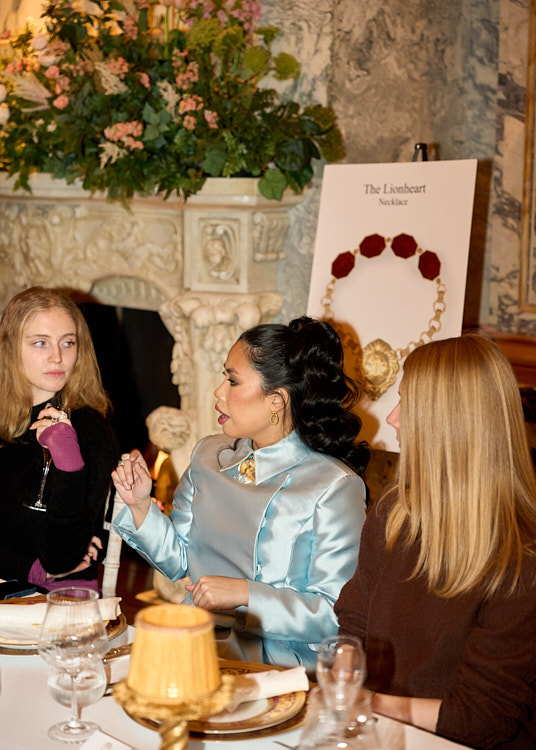
The Cold Magazine (CM): Tell us a bit about your journey – how did your career in the jewellery industry begin?
Samantha Siu (SS): It definitely feels like a lifelong journey. I started at 13 in my family’s jewellery company. Before that, my family had a clothing manufacturing company, so I grew up playing in the showrooms from Kindergarten–touching fabrics, looking at pre-season selections, and drawings. As the only girl, they took me everywhere. You’d think it was a dream, but I didn’t realise it at the time.When I was 13, they closed the clothing business and opened a jewellery manufacturing company–classic entrepreneurs, always opening and closing companies. This was during the 2000s jewellery boom in New York, where everyone wanted to enter the industry. I started packing jewellery into zip-lock bags, 100 pieces at a time, earning a cent per piece. I wasn’t the kid who saved money; I’d pack jewellery, figure out how much I needed to earn to “buy” a piece I liked, and take it home at the end of the day.
CM: At least you were buying from your own family’s company and not the competition — must have helped their sales a little!
SS: They fully undercut my prices, so maybe I should have gone to the competitors [laughs]. But it taught me a strong work ethic–working hard for what you want. By 16, I was helping them sell at conventions–basically pretending to be 27–getting clients, taking orders. In college, I helped with production and returns, even disassembling and reassembling jewellery when tight orders came in. Sometimes we’d stay up 24 hours to finish.
That experience shaped my drive. I also discovered my love for psychology in college–I really thought I’d become a psychologist. But my family asked me back to the business during my junior year, and honestly, I was excited not to have to focus on school anymore (huge mistake–it delayed my graduation). After college, I became an accounts manager, growing from packaging to sales to production. Then my family told me to get outside experience, so I became a merchandiser for one of our contractors. But when political issues erupted within the family business, I decided to leave. I didn’t want to pick sides–I chose family over money.
That’s when I launched Samantha Siu New York. It was hard–I had no encouragement from my family. I had told them I wanted to be a jewellery designer earlier on, so they helped me attend jewellery school at the Fashion Institute of Technology (FIT), but the original plan was for me to return to the family company. At FIT, one of my thesis projects was a fabricated, reversible necklace. When I presented it, everyone gasped. I guess no one had really paid attention to the back of a necklace before. I kept that idea tucked away for when the time was right. Then, I fell in love and traveled the world for a few years. During those travels, the story behind the collection came to life. I finally combined the design and the story–thus, Samantha Siu: A Love Affair was born.
CM: You started working in your family’s manufacturing business at 13. Beyond learning work ethic, how did that experience shape your approach to craftsmanship and scale as a designer today?
SS: It really showed me what it meant to run an international business. When you’re awake, the other country is asleep and vice versa. I saw my family take late-night calls and work into theearly morning. It taught me that when something needs to get done, you do whatever it takes, no excuses.
Even now, I don’t have a regular sleep pattern. I’ll still take calls at 2 or 3 a.m. with my showroom in Shanghai. That mindset of communication shaping the product–and company culture–stayed with me. There’s a reason my family made me start from the bottom. I could have done office work at 13, some sort of boss baby, but instead I learned from the people on the sewing machines, the people in the packaging room–the ones who really ran the business. That shaped my view that every person in a company, no matter their role, deserves the same respect. Everyone is a critical part of success, and that’s something I carry into my own brand today.
CM: Craftsmanship is clearly central to your work — can you talk a bit about working with artisans in Thailand and what that creative exchange looks like?
SS: Everyone has their own strength. In Thailand, they’re incredible at producing complicated, intricate jewellery–but it’s really hard to find good wax carvers there. My wax carver is actually in China. There’s a long tradition of jewellery-making techniques throughout Asia. Without the artisans I work with–and the beauty they bring to each piece–I wouldn’t be able to create the intricate designs I envision. Nothing is done alone. If I didn’t have these partnerships and take the time to find that level of craftsmanship, my jewellery wouldn’t be what it is today. Building those strong connections with artisans is absolutely essential.
CM: Wax carving, as you mentioned, is quite an ancient technique. What drew you to it, and how do you see it fitting into contemporary jewellery design?
SS: Honestly, it doesn’t really fit into contemporary jewellery design anymore because everything’s computerised now. That’s why I try to embed its essence into my work wherever I can. There are still things wax carving can do that technology can’t—it’s always a fine balance. I discovered the technique when I was in jewellery school. I loved it immediately. Every week, my teacher would hold up my pieces for the class—that’s when I realised I could naturally see things three-dimensionally. I’d look at a block of wax and just see the layers, how everything should fit. I didn’t realise it was a rare skill until then.I’d put my headphones on, zone out, and spend 4–5 hours carving at a time. It was cathartic—so beautiful to create something so intricate when you’re fully immersed. That’s how I fell in love with it, and why I try to preserve that craftsmanship in my work today.
CM: During your LFW dinner, you unveiled three new additions to the Love Affair collection—what inspired these pieces, and how do you translate a travel experience into a tangible piece of jewellery?
SS: When I travel, I pay close attention to structures, colours, shapes, and motifs that represent where I am. Usually, I don’t design a collection immediately—I store my ideas in a notebook until the right time comes. The process takes a long time. Even after unveiling a concept, the actual pieces are still in progress. Creating a piece is about immersing myself in a culture: thinking about what stood out to me personally, but also considering what stands out to the people who live there. It’s a collaboration of sorts—paying homage to a place in a way that feels genuine and true, not just through my lens but through theirs.
CM: What’s been one of the most unexpectedly inspiring destinations?
SS: Honestly, I can take inspiration from anywhere—it’s a skill I’ve developed over the years. When I travel, I’m always focused on work: thinking, If I were to create a piece from here, what would it look like? So in that sense, inspiration isn’t really unexpected—there’s always intention behind it. If I had to pick something surprising, it would be when I started creating earrings and bracelets.
My original plan was just necklaces—that’s my signature. But people kept asking, “What else are you going to make?” It pushed me to expand beyond what I initially intended. Making bracelets, for example, was a huge challenge because the links and spring locks take forever to create. That process—and the demand—surprised me.
CM: The Celestial Icicles Necklace references your birthstone and Iceland’s icy landscape, the Majestic Honu Necklace reflects your encounter with a green sea turtle in Maui and the Lion-heart Necklace draws heavily on British heritage. Out of the new necklaces, do you have a personal favorite? How do you decide which elements of a location to immortalise in your jewellery?
SS: Everyone always asks me what my favorite piece is, but it’s like asking who your favorite child is—they’re all significant for different parts of my life.It’s a continuation of a love affair; love is ever-growing, and so is my love for traveling and connecting with different cultures. My jewellery isn’t just beautiful—it’s a representation of places, histories, and emotions. It’s about unity. Because my pieces are reversible, they show different facets of ourselves. Different people can connect with different sides, and that’s part of the magic—bringing people together through craftsmanship and storytelling.
CM: Your pieces feel both timeless and contemporary. How do you strike a balance between intricate, historical storytelling and bold, modern design?
SS: Thank you so much for saying that. When I first released my necklaces, people told me they were avant-garde—they asked, “How is this wearable? How is this sellable?” Even now, some people say my jewellery feels too big or too heavy for them. I always say: Just try it! You might surprise yourself. If you never try, you’ll never know. I grew up in a mass-production family, so I always wanted to create something unique yet still sellable. If you look at my necklaces, the front is simple—stones framed in gold or silver, a classic design. But when you flip it over, that’s where the ‘wow’ factor is. I wanted to create something dichotomous: something you can wear from day to night. One side is louder, the other more understated—so you can choose depending on how you feel.
CM: Are there any jewellery trends you secretly love or avoid?
SS: I tend to avoid super simple designs—the kinds of things I grew up seeing. Like halo necklaces or just simple heart pendants. I want my clients to get real value out of what they’re buying, not just something lightweight or mass-produced. The markup in mass production is huge. People often don’t realise they’re paying for a fraction of the material and craftsmanship. That’s why I create more substantial pieces—something you can pass down, or even melt down and still retain value. I’m not trying to bash department store jewellery, but small, lightweight pendants just don’t hold much worth if you ever try to resell them.I wanted to create something different—something meaningful and versatile. Even with my earrings, you can remove the links and just wear the hoops. It’s all about giving people options to match how they feel in the moment.
CM: What’s one piece of jewellery you never take off?
SS: I used to have a string bracelet made by one of my students. In high school, I volunteered in China teaching English, and one of my students gave it to me. I promised her I wouldn’t take it off until I saw her again, and I wore it for over 20 years before it finally broke just a month ago. It had two hearts tied together, symbolising never being apart—I still have it. I also wear bracelets I bought during nonprofit trips in Cambodia. I was told they were gold, but they’re not [laughs]. It doesn’t matter though. They remind me of the work I love—grassroots, nonprofit work has always been my biggest passion outside of jewellery design. Funny enough, because I grew up around jewellery, I don’t always wear a lot of it. What interests me more now is the craftsmanship behind a piece: how hard it is to make, how it’s assembled. When it comes to the pieces I do wear, they have to have meaning. That’s why I put so much heart into the pieces I create—because jewellery preserves a moment in time.
CM: How do the values of sustainability and social responsibility shape decisions during the design and production phases of your collections?
SS: They shape everything right from the beginning. I always think about the wearer: How can they wear this more than once? How can they keep it for a long time without needing to buy more jewellery? That’s why multi-wear and interchangeability are such huge components of my designs—to help reduce our carbon footprint. It also puts pressure on me to prioritise craftsmanship. Our mission statement is about preserving jewellery as a legacy, while doing good at the same time. Ten percent of our net profits go to our sister foundation and nonprofit partnerships connected to the brand. When I was a teenager, I fell in love with missionary work—that’s what inspired me to start volunteering internationally. Through my company, I want to continue giving back, allowing clients to know that their purchase makes a difference. It’s not just about buying something beautiful; it’s about creating real impact without putting extra pressure on the wearer. We embed that purpose into the jewellery itself.
CM: If you could design a piece for any celebrity, who would it be?SS: Michelle Obama, Oprah, and Angelina Jolie. Michelle Obama is such an incredible figure. Throughout her career, she’s been known for her intelligence and poise—yes, her husband became president, but everyone knows Michelle was the all-star. She rose up against the odds, and her talent and brilliance shone through at such an important time for our country. Oprah, for her resilience and storytelling. I have so much respect for her. Attending one of her conferences, The Life You Want, actually changed my life. One of her speeches encouraged us to reflect on what we’ve always done naturally—what we’ve always been drawn to. That’s when I realised jewellery had been a constant part of my life, even when I was debating between jewellery and psychology. Oprah’s journey—and her ability to cross cultural, gender, and societal lines with her message—is something I deeply admire. Angelina Jolie, not only because she’s beautiful and an amazing actress, but because of her humanitarian work. When I was a kid, I was bullied for having big lips—I even wanted a reduction. But when Angelina became famous, suddenly big lips were celebrated. It helped me through those tough years (thankfully she got big before I started high school!). Beyond that, the way she shifts focus from beauty to advocacy through her UN work is truly inspiring. All three of these women embody the kind of woman I strive to be: strong, composed, resilient, and impactful. I’d love to design pieces that capture their journeys and their personal stories.
CM: There’s a strong sense of legacy in your pieces — a desire to create jewellery that
lasts generations. As your brand continues to grow, what kind of legacy do you hope Samantha Siu leaves in the jewellery world?
SS: I want to leave a legacy that inspires designers to think beyond what they see. To create something that may not exist yet—and to dream about the future of our society through their work. The jewellery I make isn’t easy to create. Even my own family told me some of my designs couldn’t be done. But if you believe in your vision and fight for it—even when no one else does—you can make it real. I hope my legacy encourages future designers not to pivot or give up when things get hard, but to believe in themselves and push boundaries. I want the industry to move beyond what’s familiar, and start creating what they want to see in the world.

